What it is
System Quality Assurance (SQA) offers a comprehensive set of software testing services that include functional testing, test automation, load testing and security testing.
Functional testing services cover all the development cycle test phases from unit and integration tests to user acceptance tests. These services may be provided by teams located in-site or off-site according to the customer’s needs.
Test automation services focuses on the adoption of automation frameworks that standardize the development of test automation components, reduce automation effort by increasing components reusability and reduce maintenance effort by avoiding linear (monolithic) end-to-end test scripts vulnerable to the impact of functional changes.
Load and security testing services purpose is to validate the targets set by the customer for their systems in terms of performance and robustness to vulnerabilities. After the tests are executed, reports are build revealing potential performance/security issues and recommendations how to fix or avoid them.
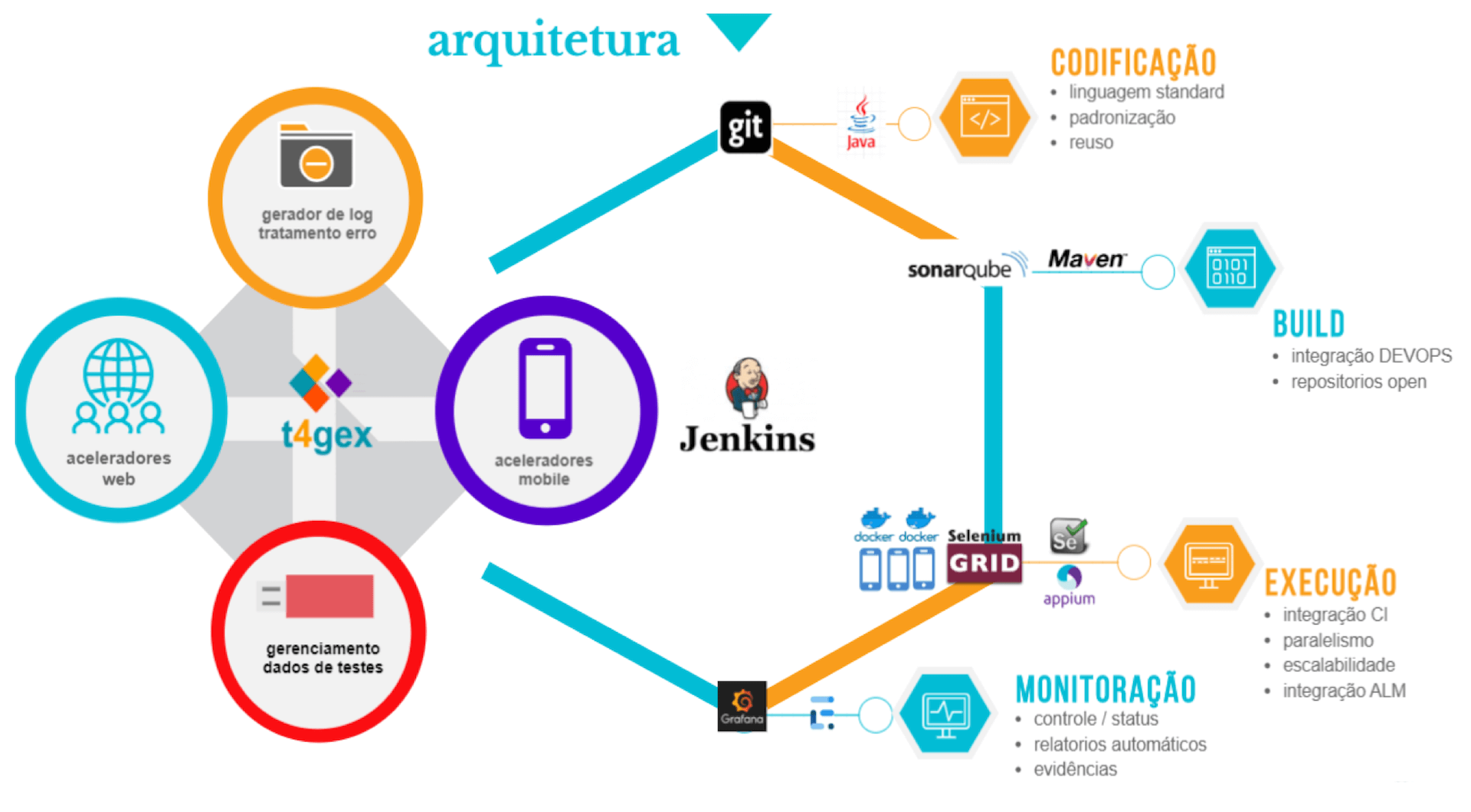
With test automation, test cycles can run faster, with greater scenario coverage, in a shorter amount of time, making the quality process more agile and efficient.
Link has its own solution and methodology for automation, consisting of several accelerators and open-source tools which allow for faster development of automation, on web and mobile platforms, and lower maintenance costs.
If you are looking to reduce the time-to-market of your products, speed up your quality process, and increase efficiency and agility, talk to us. We have both the know-how and the expertise to expand the use of test automation in your lifecycle and deliver exceptional results.
Low-quality applications result in numerous problems for corporations, such as revenue loss, poor user experience, reduced customer loyalty, and loss of brand value. Depending on the use of the software, the impacts can be even more severe, such as putting people’s lives at risk, non-compliance with regulatory standards, and security problems in the storage of sensitive data, just to name a few.
To assist companies in improving their software quality assurance processes, Link provides consulting services for their implementation and improvement.
Link developed its own methodology to develop specialized consulting projects with the purpose of introducing quality practices when implementing applications, using the following approach:
- Analysis and diagnosisof current practices through interviews on-job, questionnaires and workshops with the main stakeholders.
- Defining a transformation plancomprising a set of recommendations, software testing practices, and goals to be achieved over time within the organization, to improve the processes of quality validation.
Our methodology offers a fast implementation based on recognized quality standards and proven tools and practices.
Advantages and benefits:
- Effective management of the organization’s software quality process.
- Introducing and promoting a culture of testing and quality validation within the organization.
- Effective management of resources (test environments, tools, data volumes) through well-structured and tool-based testing processes.
- Efficient management of business partners during the systems approval stage.
The increased capacity of the network and mobile devices in recent years has led to the emergence of new business models and technological disruption in many sectors.
Customer experience is now at the core of the strategy of companies competing for the user’s attention on mobile devices. A poor customer experience, either due to performance or usability issues, quickly leads the customer to uninstall the app, rate it negatively on social media, and install the competitor’s app.
The quality of apps has become an obsession with mobility-based businesses at the heart of their strategy. However, given the variety of devices and operating systems, where should apps be tested first? How to test apps on a more diverse set of devices? What practices can be used? How do I measure the app performance in different network and hardware configurations? Mobile testing has many unique requirements.
To meet these and other requirements of our clients, Link developed a suite of services to ensure the quality of mobile apps from both functional and non-functional perspectives. We have our own lab with devices and tools to automate and run tests on a wide range of devices, thereby ensuring quality to a broader universe of users.
Advantages and benefits:
- Faster text runs on multiple devices, thus speeding up the release of new builds.
- Own infrastructure of devices and tools for quality assurance.
- Integration of automated tests with CI/CD tracks.
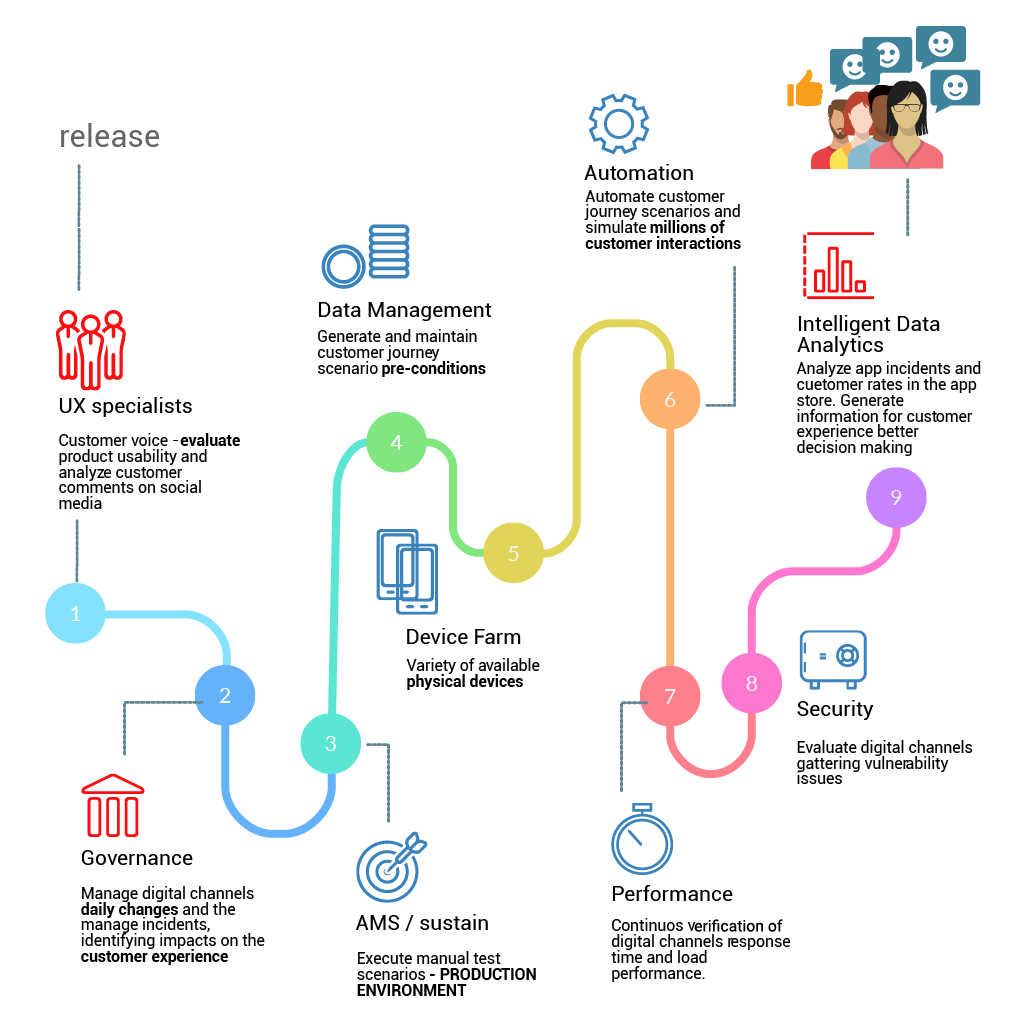
Do you know which of your brand offenders affect your customers’ conversion? Do you know what are the changes taking place in the market you operate and what innovations have your competitors introduced? Does the customer experience on your channels adhere to your brand proposition and values?
Knowing that user experience is highly significant in the strategy and ultimately even in the continuity of a business, customers’ iterations with your brand need to be treated as insights supporting decision making.
To ensure the quality of the user’s journey, we developed a service using UX concepts, data analysis, artificial intelligence, and competition analysis focused on managing the user experience.
Advantages and benefits:
- Increased user conversion rates.
- Improved assessment of your brand on social media.
- Comparing your brand against competitors.

The test factory is aninnovativemodel for providing testing services offering your customers greater flexibilityin fluctuating test peaks, greater visibilityover the testing lifecycle through a factory management tool, and reducing coststhrough a business model in which the customer is only charged for the tests actually performed.
In short, providing testing services on a factory basis is defined by the following:
- “Fixed Price” business model based on the number of test casesversus the “Time&Materials” model used in traditional outsourcing.
- Pre-quote/estimate of the tests orderedto the factory– risk transferred to the factory side.
- Transparencyin the process secured by a factory management tool supporting all communications Customer <-> Factory.
- SLA based Contracting:
- e.g.: Performance targets, Production defects, No. of false positives
The operating model
- Factory services are provided on an off-site basis outside the customer’s premises.
- Test leaders and testers are physically located in the Factory site, and will access test environments using a communication channel which will be provided between the Factory site and the customer premises.
- Customers interact with the Factory mainly using the factory management tool where the entire lifecycle of the tests ordered to the Factory (demands) will be managed.
- The coordinators of the different test fronts of the Factory will be responsible for the contact with the client, and they will spend the time deemed necessary at the customer’s premises, to speed up the whole communication process between the Factory and the client.
Organization
- The test Factory is organized into front desks.Each front desk is responsible for testing a system or a set of systems.
- The coordinator is responsible for his front desk and is the point of contactwith the client. The test leader is responsible for managing his pool of testers and related tasks.
- The front desks are organized according to a criterion of technological or functional specialization. In addition to the so-called horizontal fronts, the Factory also has a set of vertical fronts, responsible for running non-functional tests (load and safety), for monitoring tests in agile methodologies, and for testing automation initiatives, which complement the horizontal fronts.
- There is also a core responsible for the activities related to the Factory management, and a special committee (center of excellence) which who is responsible for the training actions and continuous improvement of the Factory’s processes.
Business model
- The customer establishes with the Factory a baseline of capacity(typically lower) with the Factory being capable of supporting a demand up to 15% more.
- All requests for tests submitted to the Factory (demands) are subject to an estimate of the number of test cases to be performed, which gives the ability to foresee the capacity required for its execution and possible adjustments to the baseline.
- Baselines are adjusted every monthby up to 30% (up or down) according to the expected demand;
- Weekly capacity allocation reportsare produced, with a forecast of the current month and subsequent months;
- Weekly meetings with customer’s test coordinators:
- Identification of “off-radar” requests;
- Confirmation of the foreseen requests;
- Planning adjustments for available capacity;
- Flexibility for “out of control” scenarios:
- Work outside the regular working hours (overtime, holidays and weekends)
- Rules established by agreement with the client
Factory deliverables
- Daily Performance Reports: The Factory produces a daily set of reports that depict the evolution of the tests and highlight the main points of attention, risks and blocking defects.
- Quality indicators: The Factory regularly discloses a set of indicators. Such as: Average time (days) for solving defects, density of defects (defects/test cases), to measure the maturity of the systems tested concerning quality.
- Test plans, defects and execution log properly registered in the test management tools.
Service levels
The contract of Factory services is based on service levels. By default, the Factory offers its customers four standard levels of service, without prejudice that others may be added as suggested by the client.
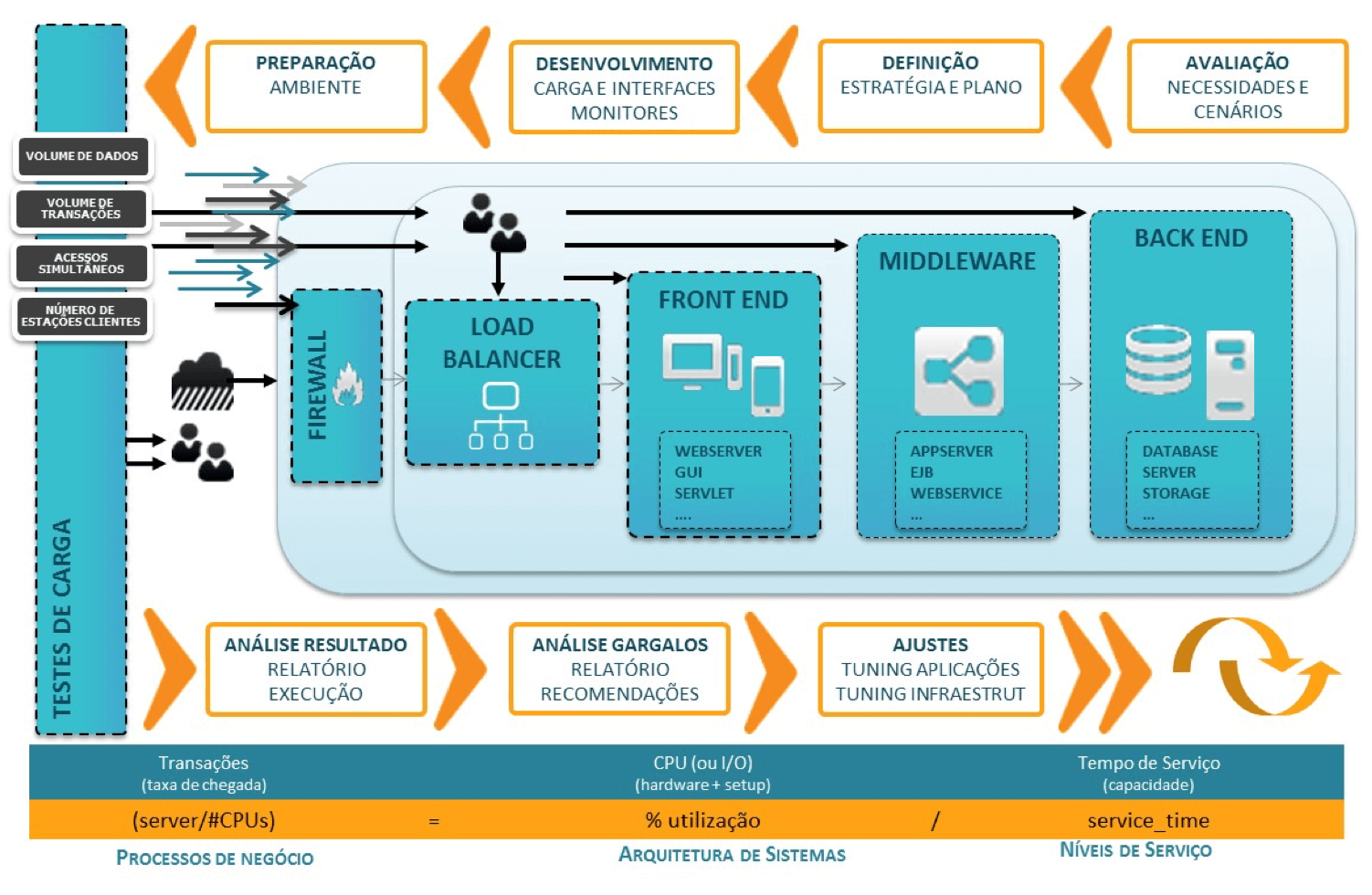
Link has specialized performance testing teams to complement the functional testing services.
The mission of these teams is, at a first stage, to agree with the client the goals to meet in terms of performance, and then to design and run these tests using the appropriate tools. Following the completion of the tests, a series of reports are generated including a set of recommendations that should be followed by the client to reach the proposed goals.
Link has experience in a wide range of performance testing tools, with the ability to select the most appropriate tools for the systems to be tested and the goals set by customers.
Advantages and benefits
Performance tests:
- Avoid future costsby evaluating in advance the response times of an application in similar (or even more demanding) load situations than those that will occur in production.
- Save costs inherent to performance degradation of the systems in production by constant monitoring the response times.
- Increase the availabilityof applications/systems and user satisfactionindex.
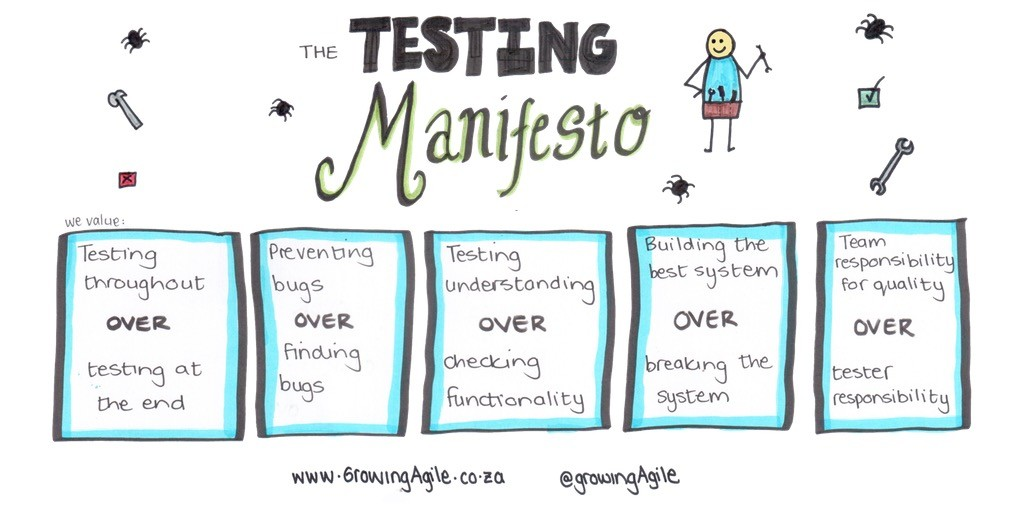
The growing adoption of agile working models in product development has challenged companies in what concerns quality.
How to approach quality within work squads? If the team is responsible for the delivery, should we have quality specialists within the team? How to ensure quality if at the end of sprints, the time for testing is scarce? What tools do you adopt to support quality in agile work models? What mindset should teams have regarding quality?
To support companies that have migrated their development from the cascade, industrialized model to an agile model, based on squads and greater collaboration among teams, Link has developed a service with all the necessary approach for implementing quality in agile development models.
The service features greater collaboration between the teams involved, shorter development cycles, and greater multidisciplinarity.
Advantages and benefits
- Shorter time-to-marketbetween the time of creating a requirement and its implementation.
- Greater collaborationamong team members, which anticipates defects and accelerates development.
- Client actively participates in the solutionand gets the software earlier for validation.
- Adapting quality processesto the agile development lifecycle with the adoption of new practices and tools.
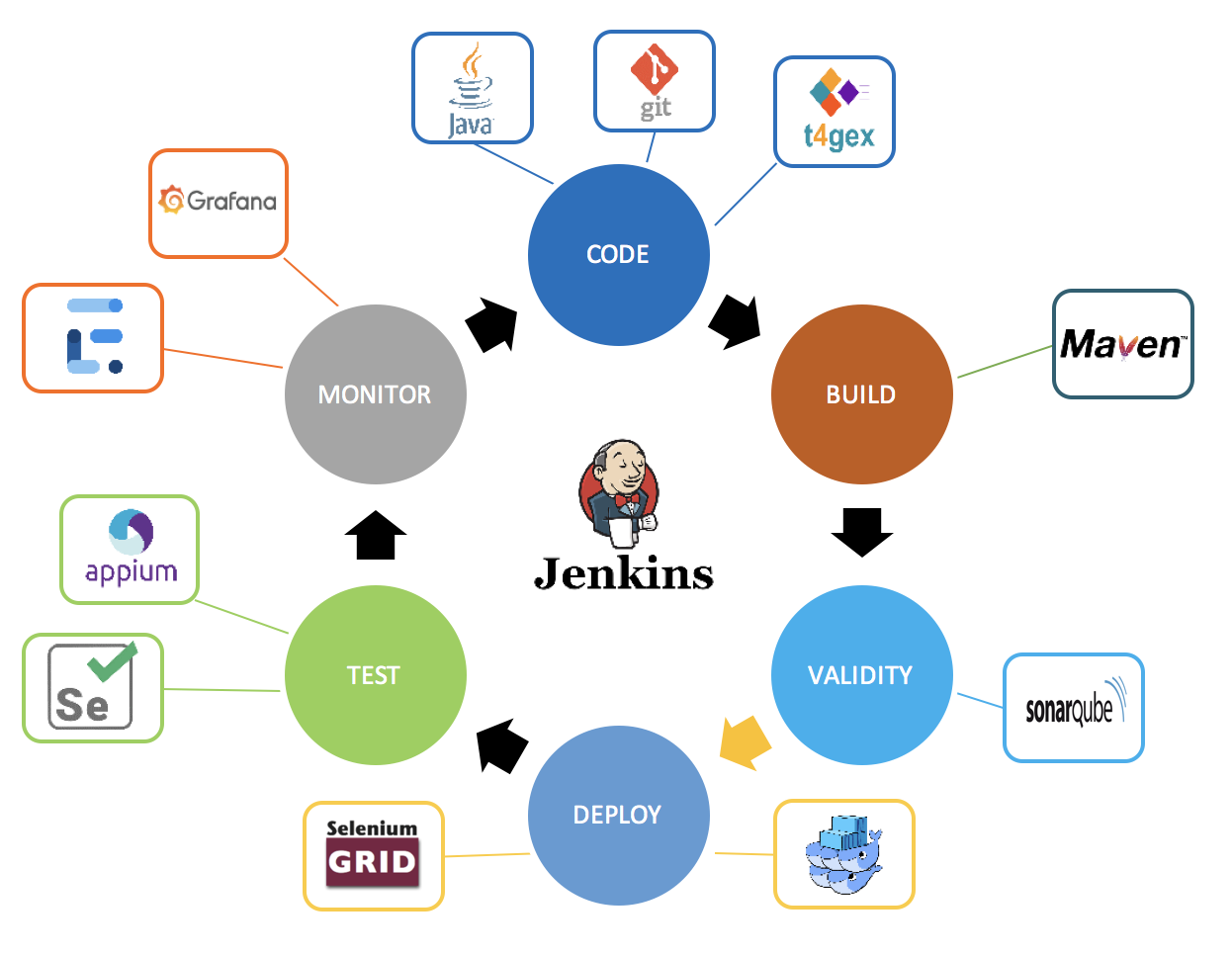
How do you get faster feedback on the quality of the system your team is developing so that it can fix bugs early? How to prevent bugs from spreading during the other development stages? What techniques and tools should be used to provide continuous and constant feedback about the parts of the systems which are incrementally developed?
The process of performing automated tests that are part of a software delivery is called Continuous Testing. This process aims to identify risks in the system development as early as possible.
Advantages and benefits
- Reducing the time-to-marketof developed systems.
- Cost reductiondue to early identification of defects in the development cycle. Early identified defects have a lower correction cost.
- Instant informationon defects in the developing system.
- Testing integrated inthe development process.
- End-to-end (E2E) testsrealistically simulating the user experience.
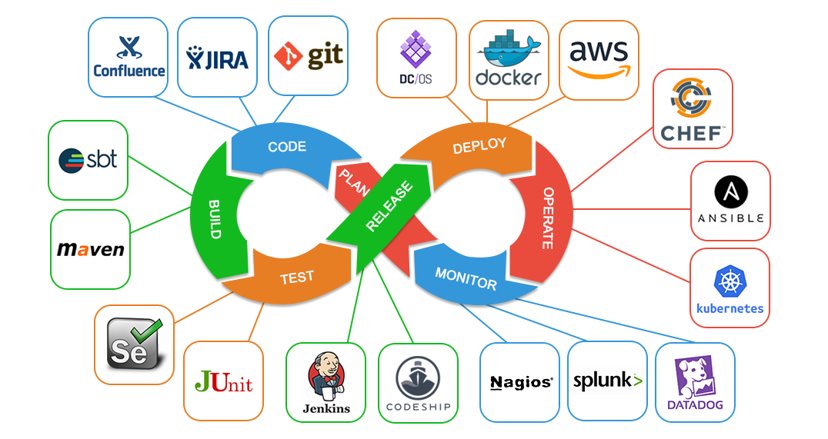
How can automations be implement for supporting and generating information for system developers and operators? What tools and techniques should be used to implement the necessary automations? How to change the mindset of development teams and operations?
To gain agility and increase the frequency of systems deployments, many companies are implementing the DevOps culture.
The organizational transformation required, as well as the deployment of automated tool-backed processes, is the focus of this service offered by Link.
Advantages and benefits
- Agilityin the development and operation of systems with continuous delivery through automated processes supported by a set of tools.
- Greater collaborationbetween development teams and operations.
- Automated release management.
- Increased system liability and security.
- Improved visibilityin the stages of systems development and deployment.











